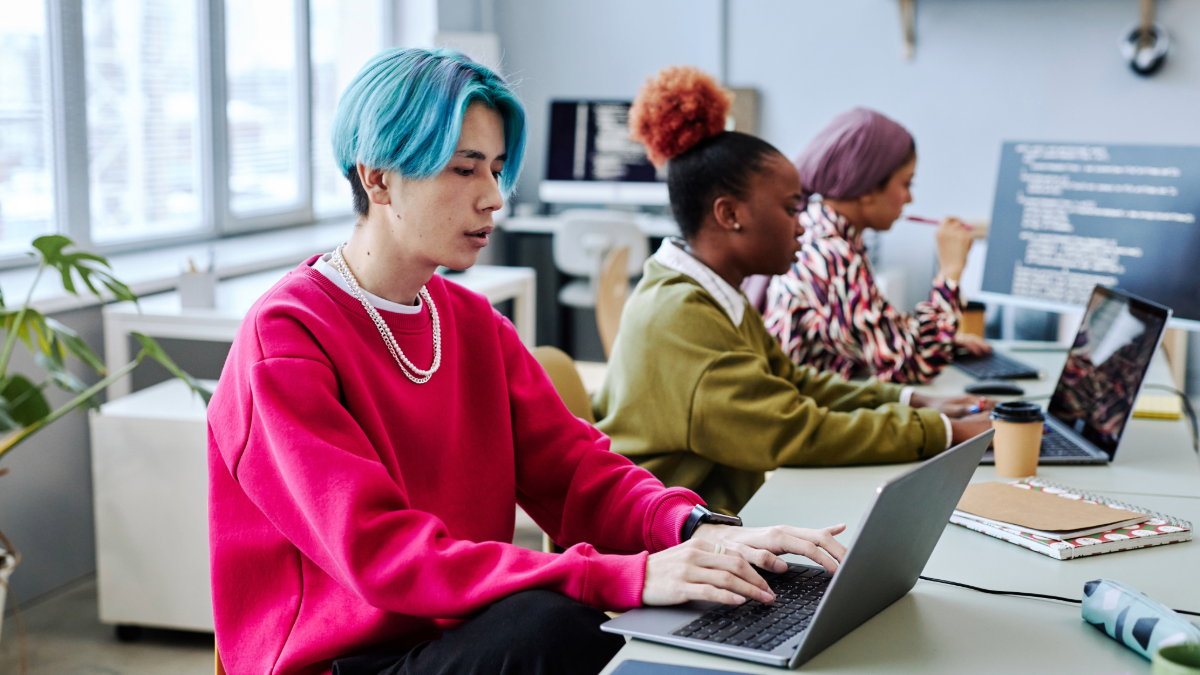“Diversity training programs largely don’t change attitudes, let alone behavior,” writes Iris Bohnet, Director of the Women and Public Policy Program at the Harvard Kennedy School in a dedicated issue of Harvard Business Review. We must “start by accepting that our minds are stubborn beasts,” she explains. “It’s hard to eliminate our biases, but we can design organizations that make it easier for our biased minds to get things right.”
For Bohnet and her colleagues, designing the right organization means structural changes that disable our biases – like orchestra auditions behind a curtain, or software tools that strip age, gender, socioeconomic background and educational information out of résumés.
But if we only create systems to strip people of the characteristics that make them different, aren’t we missing a critical opportunity to learn, accept, incorporate and celebrate different points of view?
Plenty of research has demonstrated that diverse teams make better decisions, are more innovative and have higher collective intelligence. But diverse teams are only able to tap into their own richness if people feel included.
Inclusion is about relationships. It’s about opening our heads and our hearts to different perspectives, it’s about hearing, seeing and valuing other people. It’s about creating an environment of trust and respect that permits people to make mistakes, to state a contrary viewpoint, to take a risk.
Where bias is born in ignorance and the narrowness of our life experiences, inclusion is born in openness and empathy.
Reflection Point fosters inclusive relationships by creating the space and the context for practice. And it works because it’s not about work - it’s about life’s challenges and triumphs, starting in a story.
A shared story creates a safe and effective proxy for the conversations people normally don’t have at work, opening avenues to discuss race, religion, culture and even politics. But the story is only the beginning.
Here’s what happens. First, the personal narratives that come from a shared literature discussion change people’s perspectives about each other. Second, the discussion not only opens minds to the plight of others, but also creates powerful opportunities to feel heard. In short, it provides the critical two-way street to see, but also to be seen.
In an East Coast manufacturer, a group of colleagues at all levels read Julie Otsuka’s When the Emperor was Divine, a story about one family’s experiences in the Japanese internment camps during World War II. The group brought the historical context forward to the present, seeing the book as a lens to consider – and reconsider – the plight of refugees around the world.
For one young engineer, discussing the book created the occasion to “share a little bit about myself… it allowed people to talk about topics or ideas that revealed a little more about their mindset or the way that they operate or see the world.” He continued, “I have a lot of friends that come from immigrant families. Immigration for me is important. Depending on how similarly people thought, there’s that feeling of affirmation.”
One of his colleagues saw the book as a chance to revisit her own views on immigrants and refugees, “Before this book I was dead set against bringing refugees into this country because of everything that’s going on, all the violence. It made me think about that. You can’t just judge a whole race because of some militants. I wouldn’t want somebody to do it to me or somebody I love. It changes your mind, it changes your thinking about things.”
In the same issue of Harvard Business Review, Frank Dobbin and Alexandra Kalev cite research to demonstrate that contact between groups lessens bias. Diverse groups working side by side begin to see themselves as equals.
The contact matters. Contact across hierarchies and functions within a given organization, but also contact with the experiences of diverse characters in narrative literature. Other people’s stories (written or shared informally in conversation) create the platforms we need to question our biases and shape our willingness to learn more about others.
The structural solutions suggested by Bohnet and her colleagues reveal a belief (dare I say, a bias?) that developing human empathy is a slow and cumbersome process. Reflection Point outcomes demonstrate that it does not have to be.








